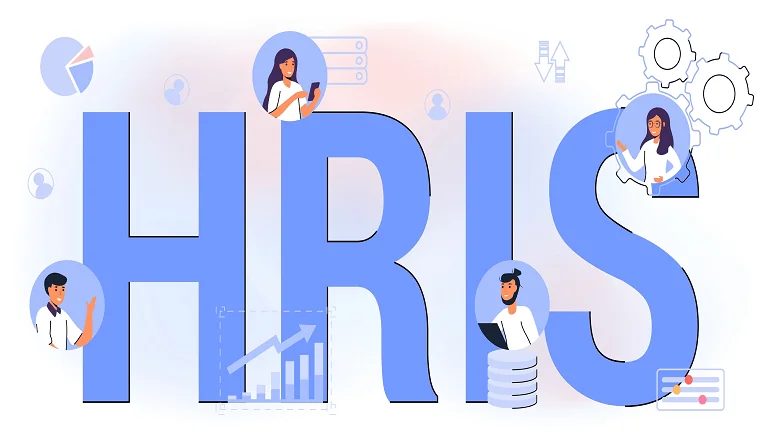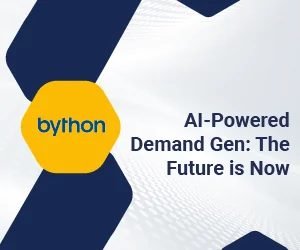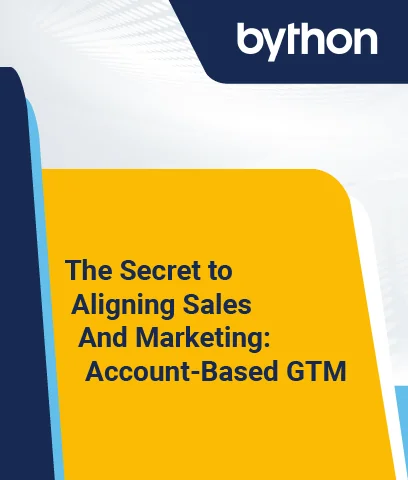Feeling frustrated with your human resource information system (HRIS)? Do you have the right set of features? Is the current feature set cutting it as your organization grows? HRIS systems should meet the needs of the modern workforce. This article details ten must-have features and six emerging capabilities that will give your HR team a competitive advantage.
10 Essential HRIS Features to Check
First, let us look at the core feature set of a human resource information system.
-
Can it track applicants and centralize their data?
For an ideal HRIS experience, make sure your software includes an applicant tracking system (ATS). This feature makes it easy to achieve your targets – like, for instance, recruitment. It allows all submissions, records, and applicant questionnaires to be available in a single, centralized location.
-
Does it integrate with payroll processes?
Payroll is responsible for calculating and making payments, withholding taxes or other deductibles, and organizing the disbursal of reimbursements. The HRIS should include payroll capabilities that are synced with time and attendance platforms. With this functionality, you can input banking details and salary structures, and the payroll system will take care of the rest.
-
Can the HRIS onboard new employees?
The most efficient HRIS platforms will prepare new hires for workplace readiness and efficiency – and ensure they get started on the right foot. HR administrators don’t have to pursue new workers or managers to submit the necessary paperwork. The system will send out automatic alerts to reduce delays in processes, ensuring everyone is aware of what’s required and that systems run as optimally as possible.
-
Will it make attendance management simpler?
The manual governance of timesheets, timetables, or attendance documentation can be extremely labor-intensive. Handling vacation request emails or leaves/absenteeism is a challenge. The most effective HRIS systems address these issues using functions like automated timesheet entry, workforce deployment scheduling, and synchronization with payroll accounting, recordkeeping, etc.
-
Does it streamline employee data management?
This is the core functionality of any human resource information system, and it should not be overlooked when you are surveying your options. HR teams will routinely manage staff data, including demographics, job-role details, tax deductions, and time management. When all workforce data is preserved in one readily accessible location, HR specialists save time and effort.
-
Can you easily manage benefits and give employees access as well?
An HRIS’s employee benefits administration function lets employees enroll in company-offered benefits programs, like dental, health, or vision insurance. The amounts deducted are then converted automatically into tax-compliant payroll withholdings. The HRIS should integrate with other systems to simplify tasks like creating benefits plans for new hires and drawing up offer letters.
-
Does it help perform basic performance management tasks?
A quality HRIS solution helps in the performance management process by integrating KRA data. Additionally, it will maintain accurate records of each employee’s attendance and punctuality. Supervisors can devote less time to manually entering performance evaluation data and more time to guidance and performance enhancements. HRIS solutions guarantee the impartiality of the evaluation process, establish pay-for-performance structures, and connect employee performance to compensation.
-
Will it demonstrate compliance with HR laws?
This is another vital HRIS feature that benefits companies of all sizes. Organizations can automate regulatory compliance and reporting with HRIS systems. By monitoring employee data, work hours, incentives, and other data points, it is possible to pinpoint areas where the company is behind regulatory requirements. Therefore, you can instantly take corrective action and avoid non-compliance.
-
Can the HRIS eliminate scheduling conflicts?
Unorganized scheduling can be a nuisance, and most businesses (especially those with rotational shifts) have experienced this. Ensure this isn’t the case by employing an HRIS system that enables you to store scheduling preferences, leave days, etc., in a centralized location. You can configure your HRIS to send an alert if something goes awry while creating employee schedules.
-
Will it keep track of employee training sessions?
Some HRIS systems also offer or help to build compliance guidelines learning modules to keep employees updated and informed. Several industries require regular training as part of the daily workflow, from healthcare to manufacturing. The best HRIS for such companies is one that can integrate training milestones with employee records and use this data for decisions like promotions.
Features and Capabilities to Look for in a Modern HRIS
These 10 features define a classic human resource information system that will be suitable for most companies. But what happens when your shortlisted vendors all fulfill these requirements, more or less? In that case, look for these more futuristic HRIS features that can act as key differentiators, between a workable system and one that adds value in unexpected ways.
-
Succession planning through leadership development and a future-proof talent pipeline
This unique module enables organizations to organize their talent pools and evaluations visually. After defining critical positions, you can construct individual training programs for each employee. You will be able to identify applicants, along with their strengths and deficiencies in relation to specific positions, with the support of an excellent HRIS system.
-
Analytics, data visualization, and reports to unlock the power of HR data
Reports and analytics are among the less frequent HRIS system features. Nevertheless, certain systems include automated HR reporting capabilities that offer insights into employee dismissals or resignations, absences, efficiencies, and other variables. This data is examined by analytics to help with improved decision-making.
-
Self-service to empower teams and improve the employee experience
With an employee self-service feature, individuals can keep track of some of their own data, which might be of great assistance to HR teams — shrinking their already overloaded schedules. In the long term, it could reduce the need for businesses to invest in extending their HR departments. Giving employees the ability to observe and administer their personal data (profile, vacation, incentives, payroll) can also reduce the administrative burden on non-HR workers.
-
Third-party integrations to keep growing the HR tech landscape
Occasionally, an HRIS may lack the specific functionalities needed to complete a task, but it wouldn’t be practical to give up on the entire system for this. You should be able to augment existing features with third-party integrations from an app store or APIs. This enables you to continue using your preferred tools without having to shift vendors as your company grows and requirements change.
-
Diversity and inclusion analytics to drive a more equitable work environment
Diversity and inclusion are not just moral and social objectives but also tactical and competitive advantages for any company. An HRIS can help in the collection, analysis, and reporting of diversity and inclusion information.
What’s more, you can use your HRIS to comply with legal and regulatory requirements, like the Equal Employment Opportunity Commission (EEOC). Some systems may support benchmarking against standards, including the Diversity and Inclusion Index (DII), DiversityInc Top 50, or the Human Rights Campaign Corporate Equality Index (CEI).
-
User-friendly solution design to encourage HRIS adoption
Users should be able to personalize sections and reports, and the HRIS should be mobile-friendly. An effective HRIS system must also be safe and easily accessible so that individuals can modify their personal data from any location, whether they are in the workplace, operating remotely, or traveling.
Final Thought
HRIS solutions present options according to your business’s unique specifications; bear in mind that what’s best for your organization might not be ideal for someone else or your competition. You will need to consider elements like the number of your employees. What are your HR requirements? What are your future growth plans? What are your financial assets?
By knowing what an HRIS means for your company, as well as the benefits of HR management systems, you can turn HR into a strategic cog of the enterprise.







